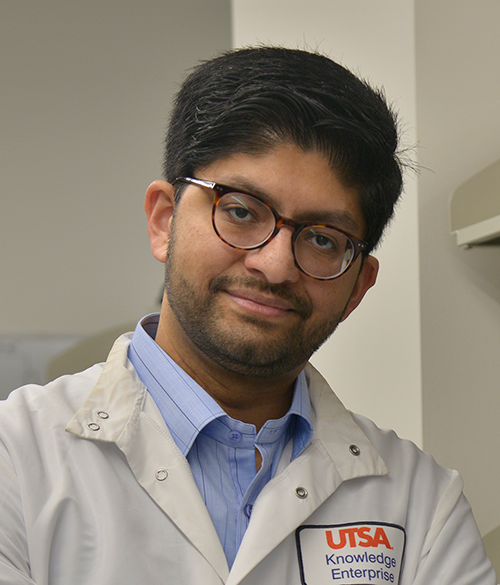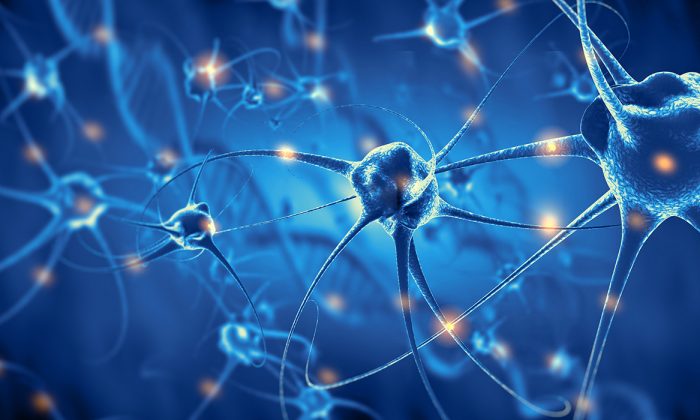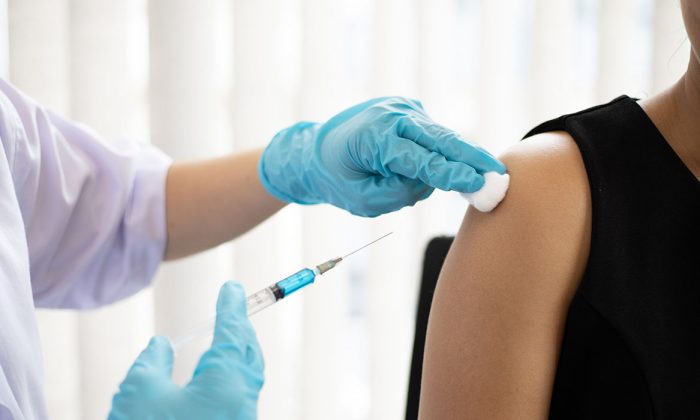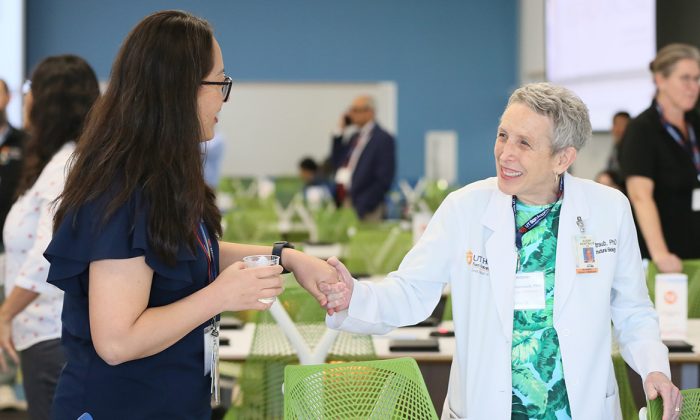NOVEMBER 20, 2024 — Editor’s note: Here’s another look at a top story among UTSA Today readers. This article was originally published on November 14.
Two UTSA researchers will develop proposals over the next six months that NASA hopes to use to get humans back into space.
Vu Hoang, an assistant professor of mathematics in the UTSA College of Sciences, and Shrihari “Shri” Sankarasubramanian, assistant professor of biomedical and chemical engineering in the Margie and Bill Klesse College of Engineering and Integrated Design, each received a $50,000 grant from NASA. The awards are specifically for STEM projects at minority-serving institutions (MSIs).
“Grants like this help to extend the duration of the time we can spend exploring our nearest celestial neighbors, the moon and Mars,” Sankarasubramanian said. “That will be enabled by technologies that let us live off the land. UTSA has a significant program in developing these technologies.”
“Grants like this help to extend the duration of the time we can spend exploring our nearest celestial neighbors, the moon and Mars.”


His grant, the second one he’s received from NASA, is for the development of an electrochemical process to separate the hydrogen and oxygen from the ice found in craters on the dark side of the moon and under the Martian soil.
“My proposal is to split the ice into hydrogen and oxygen using an electrolyzer — a device that directly uses electricity to carry out chemical reactions,” Sankarasubramanian said. “The hydrogen could be used for fuel and the oxygen for astronaut survival.”
He is working with a company in Massachusetts that is experienced in making the electrolyzers, which is what Sankarasubramanian would need for his proposal.
“Giner Labs has an almost 40-year history with NASA,” he said. “I’m partnering with them, which will allow us to get preliminary lunar-relevant data.”

In the College of Sciences, Hoang and his team are lending their research expertise to better understand the behavior of liquids in vacuum. Astronauts need to occasionally eject fuel and other liquids safely into space, so this research helps to increase the time astronauts can spend on missions.
Hoang is collaborating with Sean Roberson, David Cantu, Gavin Cunningham and Josiah Sparks, all graduate students in the Department of Mathematics. Their project is entitled, “Hydrodynamic Stability of Jets via Neural Networks” and combines state-of-the-art tools from machine learning with hydrodynamics.
“Fluids in space can behave in ways that are strange and counterintuitive to what scientists observe on Earth,” Hoang said. “For example, when released into the vacuum of space, fluids can both evaporate and freeze at the same time.”
Hoang and his team are training deep neural networks to better understand these phase transitions within the extreme environment of space.



